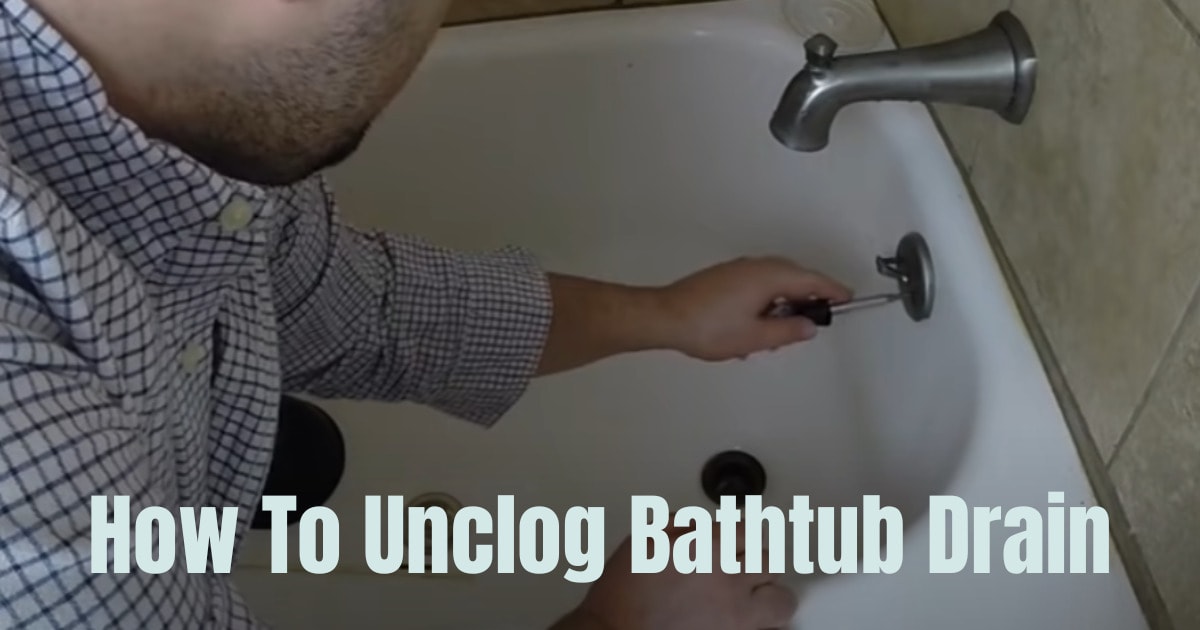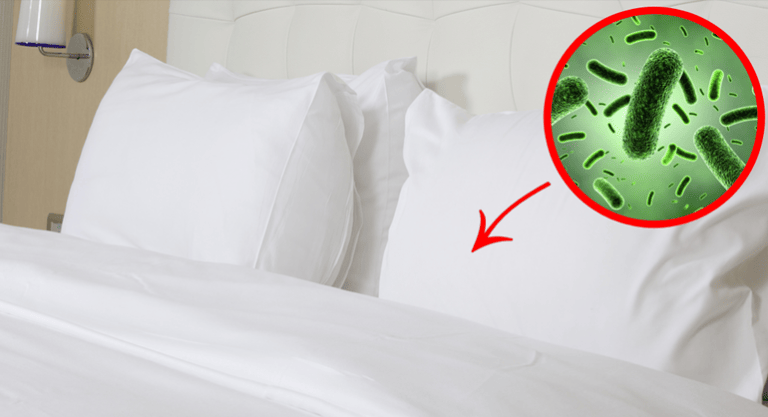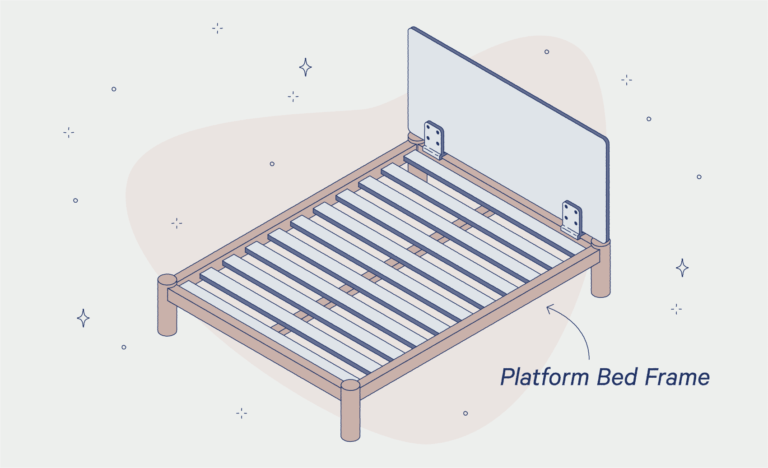
Struggling with a clogged bathtub drain? Don’t worry, I’ve got you covered! Let’s dive into the world of unclogging drains with these simple and easy tricks!
Picture this: you’re ready to sink into a nice, warm bubble bath, but your bathtub drain has other plans. It’s clogged, and the water is rising. Yikes! But fear not, my friend. I’m here to share some tips and tricks that will have your drain flowing smoothly in no time.
In this article, we’ll explore different methods to unclog a stubborn bathtub drain. From using household items to trying out store-bought drain cleaners, we’ll cover all the bases. Say goodbye to standing water and hello to relaxing baths – let’s get started!
How to Unclog a Bathtub Drain: Easy and Effective Methods
Here are some easy steps to unclog your bathtub drain,
- Remove any visible debris or hair from the drain.
- Use a plunger to create suction and dislodge the clog.
- Try using a homemade drain cleaner mixture of baking soda and vinegar.
- If the clog persists, use a drain snake or wire coat hanger to physically remove it.
- Finally, pour hot water down the drain to flush away any remaining residue.
Now you can enjoy a clear and clog-free bathtub drain without the need for expensive plumbers!
Why is Your Bathtub Drain Clogged?
Before we jump into the different methods to unclog a bathtub drain, it’s essential to understand the common culprits behind a clogged drain. Hair, soap scum, and mineral buildup are the primary causes of bathtub drain blockages.
Over time, these substances accumulate in the drain pipes, restricting water flow and leading to clogs. Identifying the cause of the clog will help you choose the most effective method to unclog your bathtub drain.
Method 1: Simple DIY Solutions
If you prefer tackling clogs on your own using readily available household items, these simple DIY solutions might be just what you need:
- Boiling Water: Start by pouring boiling water down the drain in a slow and steady stream. The hot water can help melt away soap scum and hair that may be causing the clog.
- Vinegar and Baking Soda: This natural and powerful combination can work wonders on clogged drains. Begin by pouring half a cup of baking soda down the drain, followed by half a cup of vinegar. Cover the drain with a cloth or stopper and let the mixture fizz and bubble for about 15 minutes. Finally, flush the drain with hot water to remove the clog.
- Wire Hanger: Straighten a wire hanger and create a small hook at one end. Insert the hanger into the drain, twisting and maneuvering it to remove any hair or debris caught within the pipes. Pull out as much gunk as possible, then flush the drain with hot water.
These simple DIY solutions can often resolve minor clogs and should be your first line of defense against a clogged bathtub drain. However, for more stubborn clogs, you may need to employ additional techniques.
Method 2: Chemical Drain Cleaners
Chemical drain cleaners can be powerful allies in the battle against bathtub clogs. These commercially available products contain strong chemicals that break down hair, soap scum, and other substances causing the clog. While convenient, it’s essential to use caution and follow the instructions provided when using chemical drain cleaners:
- Read the instructions: Before using a chemical drain cleaner, carefully read and follow the instructions and safety precautions mentioned on the packaging. This will ensure you use the product correctly and minimize any risks.
- Protect yourself: Chemical drain cleaners can be caustic and harmful to your skin and eyes. Wear protective gloves, eyewear, and clothing while handling these products.
- Use in a well-ventilated area: Ensure you’re in a well-ventilated area when using chemical drain cleaners to avoid inhaling fumes.
- Pour and wait: Follow the instructions to pour the appropriate amount of the chemical drain cleaner down the drain. Allow it to work for the recommended time before flushing the drain with water to clear away the clog.
Chemical drain cleaners can be effective in clearing tough clogs, but they should be used sparingly and as a last resort. If you prefer more natural or eco-friendly options, there are alternative methods to consider.
Method 3: Eco-Friendly Alternatives
If you’re looking for eco-friendly alternatives to clear your bathtub drain, consider these methods:
- Baking Soda and Salt: Mix equal parts baking soda and salt, then pour the mixture down the drain. Let it sit for a few hours or overnight. Follow up with boiling water to flush away the clog.
- Enzyme-based Cleaners: Enzyme-based drain cleaners are an environmentally friendly option. These products contain bacteria and enzymes that eat away at organic matter, including hair and soap scum, without causing harm to the environment or your pipes.
- Plunger: A plunger can be an effective tool for clearing clogs in your bathtub drain. Create a tight seal around the drain and vigorously push and pull the plunger to dislodge the clog.
These eco-friendly alternatives are safe for both your plumbing system and the environment. Give them a try if you’re looking for natural solutions to unclog your bathtub drain. However, if all else fails, it may be time to call in the professionals.
Method 4: Professional Drain Cleaning
If none of the previous methods have helped clear your bathtub drain, it’s time to seek professional assistance. Professional plumbers have specialized tools and expertise to handle even the most stubborn clogs:
- Drain Snake: Plumbers use a drain snake, also known as an auger, to break up and remove clogs deep within drain pipes. This flexible tool can reach areas that are inaccessible to DIY methods.
- Hydro Jetting: Hydro jetting involves using high-pressure water to clear out stubborn clogs. This method is particularly effective in removing mineral deposits or buildup that DIY methods may not be able to dislodge.
- Video Inspection: If the cause of the clog is not apparent, plumbers may use video inspection technology to assess the condition of your pipes. This allows them to identify any underlying issues and provide the appropriate solution.
While professional drain cleaning services may come at a cost, they provide the expertise and specialized equipment needed to tackle complex clogs. In addition, professional cleaning can also help prevent future clogs by identifying and addressing any underlying plumbing issues.
Preventing Clogged Bathtub Drains
Now that you’ve learned how to unclog a bathtub drain effectively, let’s look at some preventive measures to keep your drain clean and clog-free:
- Install a drain cover: Using a drain cover can catch hair and debris before they make their way into the drain, reducing the risk of clogs.
- Regularly clean your drain: Set a monthly or quarterly schedule to clean your drain using one of the DIY solutions mentioned earlier. This helps remove any buildup before it becomes a problem.
- Avoid pouring grease or oil down the drain: Grease and oil can solidify in the pipes and cause blockages. Instead, dispose of them in a separate container and throw them in the trash.
- Use a strainer or filter: Consider using a strainer or filter over your bathtub drain to catch hair, soap scum, and other debris.
- Run hot water after each use: Flushing your drain with hot water after each use can help melt away any accumulated substances and keep the pipes clear.
Following these preventive measures can significantly reduce the frequency of clogged bathtub drains and save you from the hassle of unclogging them in the future.
Now that you’re equipped with various methods to unclog your bathtub drain, you can confidently tackle this common plumbing issue. Remember to start with simple DIY solutions and gradually escalate to more powerful methods if needed. If all else fails, don’t hesitate to seek professional help. By preventing clogs and practicing regular drain maintenance, you can keep your bathtub drain functioning optimally for years to come.
Frequently Asked Questions
Welcome to our FAQ section on how to unclog a bathtub drain! Below, you’ll find answers to some common questions related to this topic. Whether you’re dealing with a slow drain or a complete blockage, we’ve got you covered. Let’s dive in!
1. What are some common causes of a clogged bathtub drain?
There are several common causes of a clogged bathtub drain. One of the main culprits is hair buildup. As we wash our hair, strands can easily get stuck in the drain, forming a blockage.
Another common cause is soap residue and scum, which can accumulate over time and obstruct water flow. Additionally, mineral buildup, such as calcium and magnesium deposits, can also lead to clogged drains.
To prevent clogs, it’s important to use a drain cover or strainer that catches hair and debris. Regularly cleaning the drain by flushing it with hot water can also help remove any potential buildup. Being mindful of what goes down the drain, such as avoiding pouring grease or oil, can also prevent clogs.
2. How can I unclog a bathtub drain using household items?
If you’re dealing with a minor clog, there are some household items you can use to unclog the bathtub drain. One effective method is to use a mixture of baking soda and vinegar. Start by pouring half a cup of baking soda down the drain, followed by half a cup of vinegar. Allow the mixture to sit for about 30 minutes, then flush the drain with hot water.
Another option is to use a plunger. Fill the tub with enough water to cover the bottom of the plunger, then place the plunger over the drain and push it up and down vigorously. The suction created by the plunger can help dislodge the clog. For tougher clogs, you may need to use a drain snake or call a professional plumber for assistance.
3. Should I use chemical drain cleaners to unclog my bathtub drain?
While chemical drain cleaners can be effective in unclogging drains, they come with their own set of risks and drawbacks. These cleaners often contain harsh chemicals that can damage pipes and fixtures, leading to costly repairs in the long run. Furthermore, they can be harmful to the environment and pose health risks if not used properly.
Instead of relying on chemical drain cleaners, it’s best to explore safer alternatives. Natural methods, such as using baking soda and vinegar or a plunger, can effectively clear minor clogs without the risk of damaging your plumbing system. If you’re dealing with persistent or severe clogs, it’s advisable to seek professional help rather than relying on chemical cleaners.
4. How can I prevent future clogs in my bathtub drain?
Prevention is key when it comes to keeping your bathtub drain clear. One simple step you can take is installing a drain cover or strainer to catch hair and debris before they enter the drain. Regularly cleaning the drain by flushing it with hot water can also help prevent buildup.
Additionally, avoid pouring grease, oil, or large amounts of soap down the drain, as these can contribute to clogs.
If you have a household with long-haired individuals, it’s a good idea to brush hair before showering to minimize hair shedding. You can also consider using a hair catcher in your shower to collect any loose hair. By adopting these preventative measures, you can significantly reduce the likelihood of future clogs in your bathtub drain.
5. When should I call a professional plumber to unclog my bathtub drain?
While DIY methods can be effective for minor clogs, there are situations where it’s best to call a professional plumber. If you’ve tried various DIY solutions and the clog persists or keeps recurring, it’s a sign that there may be a more serious issue in your plumbing system. Additionally, if you’re unsure about handling chemicals or using plumbing tools, it’s safer to leave the job to a professional.
Professional plumbers have the expertise and specialized tools to identify and resolve complex drain clogs. They can also determine if there are any underlying issues, such as tree root infiltration or pipe damage, which may require more extensive repairs. Calling a professional plumber ensures that the clog is addressed effectively and prevents any further damage to your plumbing system.
Having a clogged bathtub drain can be a real hassle, but there are ways to solve it. First, check the drain stopper and remove any hair or debris. If that doesn’t work, use a plunger to create suction and clear the clog. Another option is to use a mixture of baking soda and vinegar, followed by hot water. Lastly, if the clog persists, you may need to use a drain snake or call a professional plumber.
Remember to regularly clean your bathtub drain to prevent future clogs. It’s important to be patient and take your time when attempting to unclog the drain, and always remember to use caution and follow safety guidelines.
With these tips, you’ll be able to successfully unclog your bathtub drain and enjoy a free-flowing, clean drain in no time.






